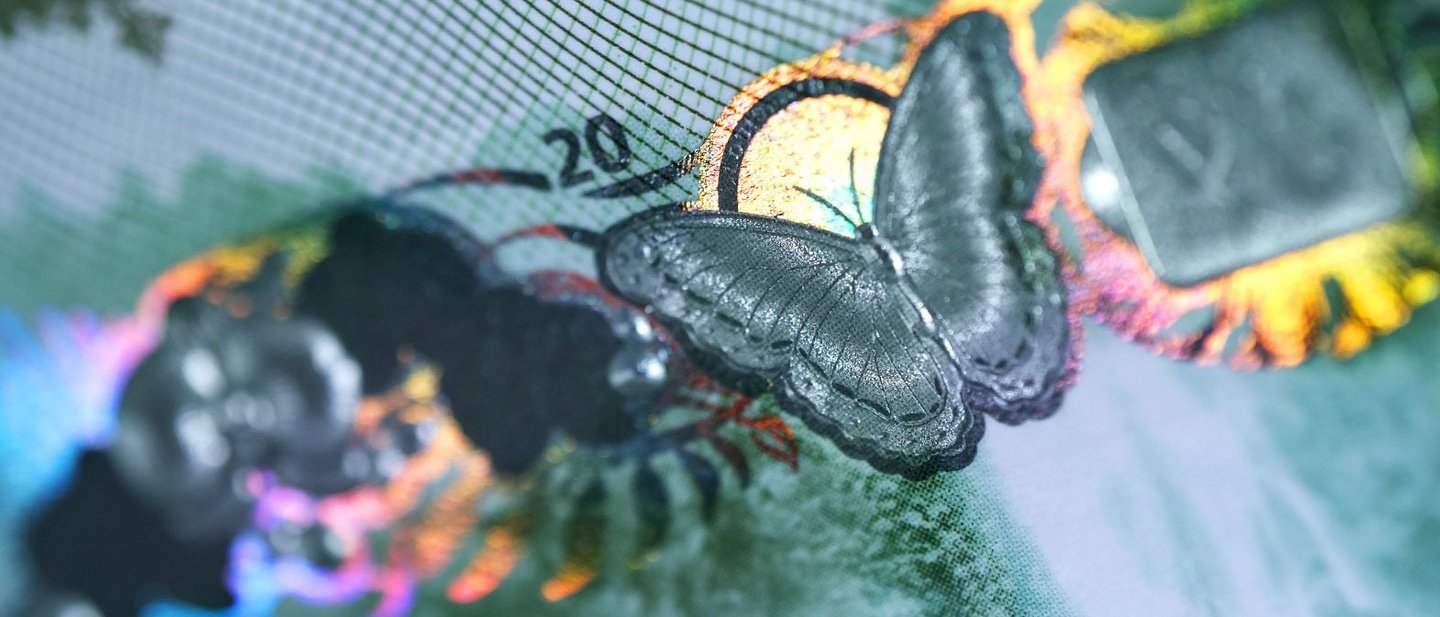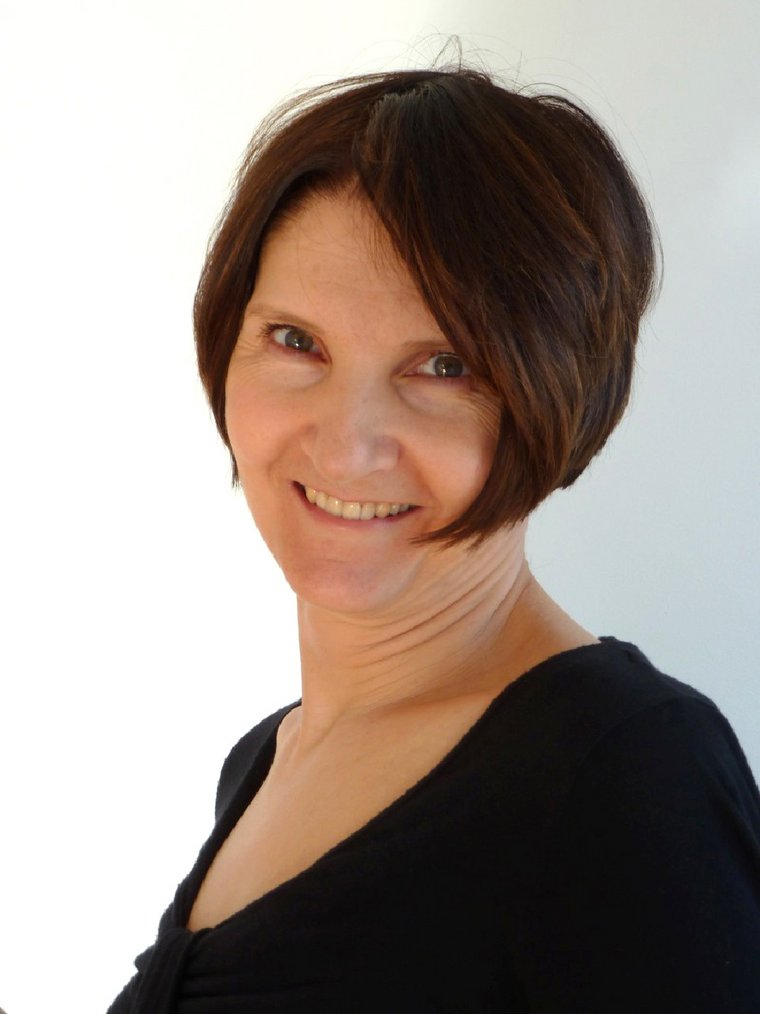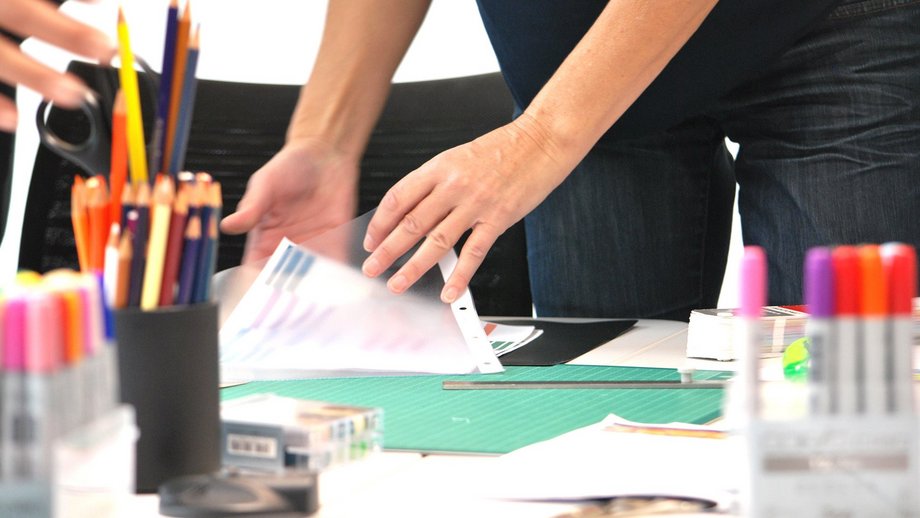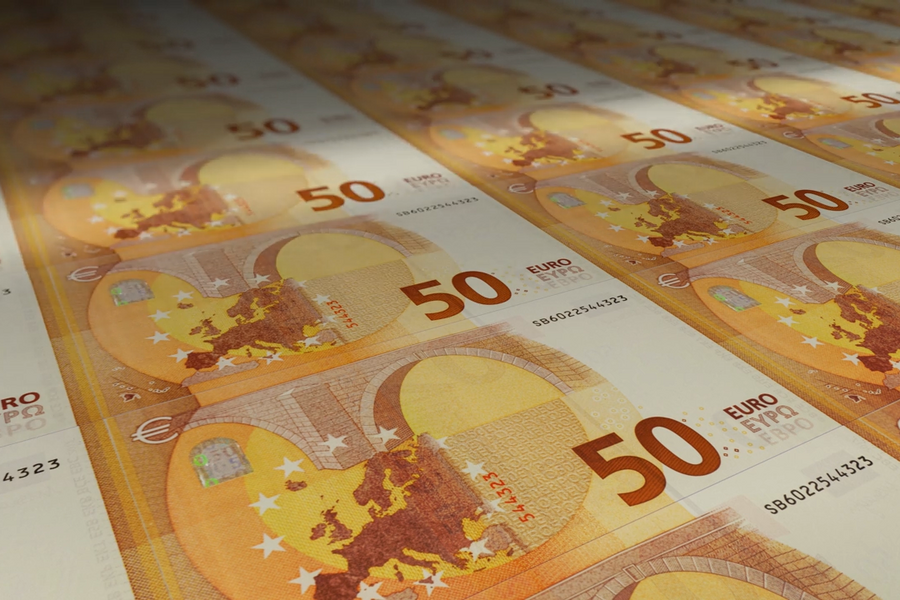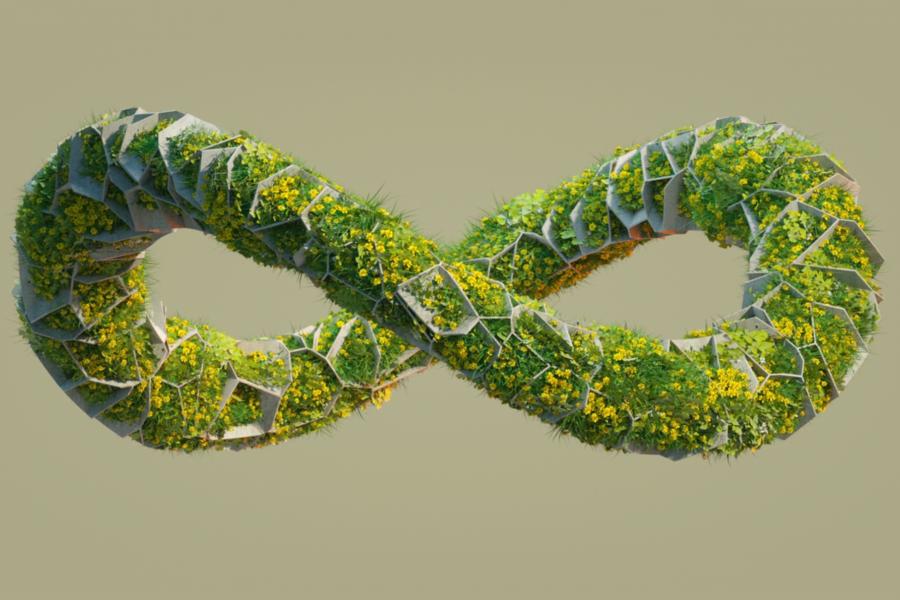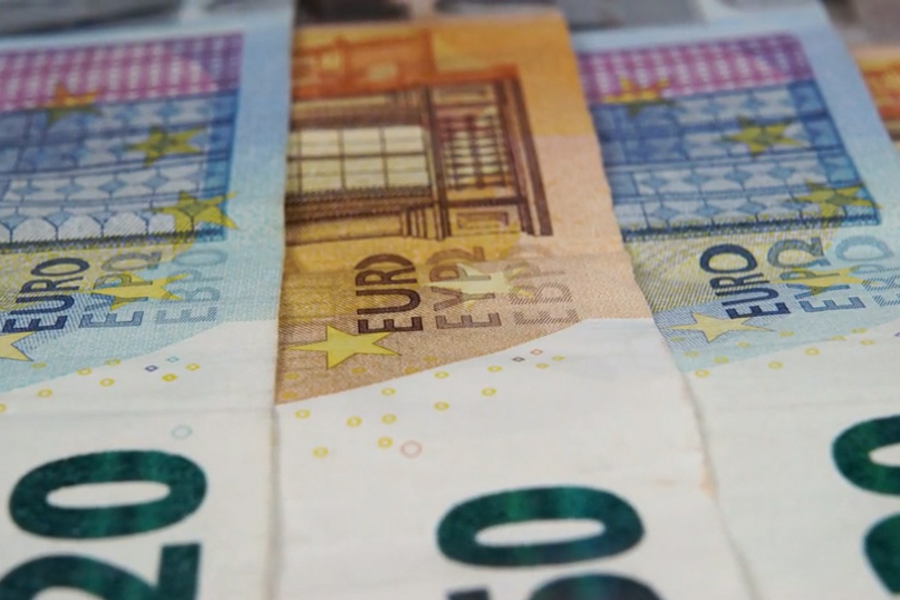Have design themes remained constant over time?
Annette: Not at all. Technological developments have opened up design options as well as made the process more complex. Designing is much more aesthetically pleasing, even if it is more technically challenging.
Then there are other trends, such as the size of the portrait illustrations shown on notes. Also, we now see other themes emerging, such as education, culture, the environment, and energy. Some countries have even experimented with orientation: swapping a landscape note format for a portrait one. These trends can be seen as the fashion of note design.
